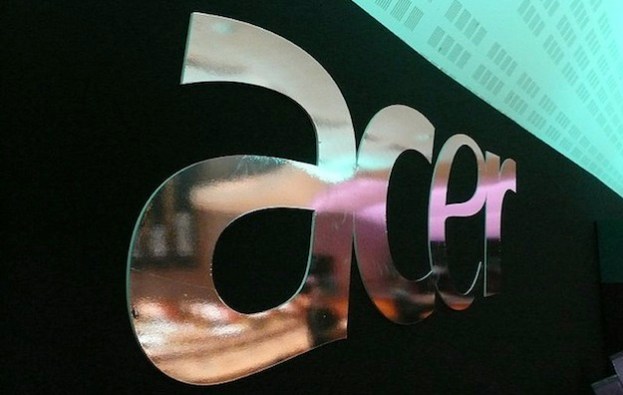 Acer recently rebooted its tablet range with the introduction of the Iconia B1, a sub-$150 Android slate designed to take on the collective might of the Nexus 7 and Kindle Fire. Acer’s tablet plans haven’t come to an end though, and we can expect the launch of an 8-inch and a 10-inch tablet soon, both of which will use quad-core processors.
Acer recently rebooted its tablet range with the introduction of the Iconia B1, a sub-$150 Android slate designed to take on the collective might of the Nexus 7 and Kindle Fire. Acer’s tablet plans haven’t come to an end though, and we can expect the launch of an 8-inch and a 10-inch tablet soon, both of which will use quad-core processors.
This isn’t idle Internet chatter, as Acer’s President, Linxian Lang, informed the China Times of the plan. He considers the market ripe for exploitation, figuring that this year 200 million budget tablets will be shipped and after Apple and Samsung have had their share, there are still 120 million opportunities to explore.
To do this, Acer will use the new MediaTek MT6589 quad-core processor as each tablet’s headline feature. The MT6589 is one of the first to use ARM’s Cortex A7 architecture and recently appeared inside the Alcatel One Touch Scribe, which debuted at CES 2013. Acer already uses a dual-core MediaTek processor in the Iconia B1, so this is an extension of an already existing partnership.
So, if Acer has gone for less than $150 for the Iconia B1, how much is it planning to charge for its 8-inch and 10-inch slates? Unwiredview speculates the smaller of the two could be around $200, then add another $50 for the 10-inch model. That’s quite a reduction on the Nexus 10, which costs $400, but Acer’s tablet isn’t likely to benefit from its high resolution screen.
Acer has been vocal about Windows RT’s failings, and making a strong push into Android territory isn’t a surprise. As for when they’ll be revealed to the public isn’t known, but according to Focus Taiwan, it won’t be until after September this year, making any Mobile World Congress unveiling unlikely.
Editors' Recommendations
- Samsung’s newest Android tablet is a perfect iPad alternative
- Amazon is having a huge sale on Google and Samsung tablets
- Is this the best cheap Android tablet of CES 2024?
- The OnePlus Pad is a lovely Android tablet with a surprising flaw
- I used AR glasses with Android tablets and iPads. Only one was good



